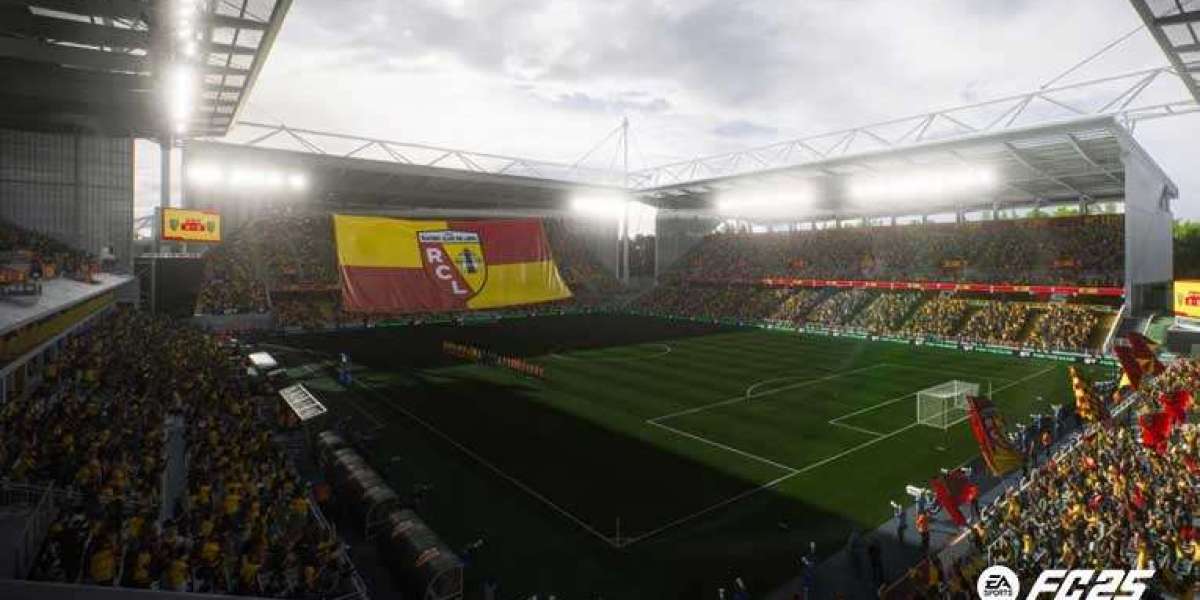Unlock the Magic of Remote Controlled Pan-Tilt-Zoom Cameras: Discover Their Incredible Features and Benefits!
In an age where visual communication and surveillance have become pivotal, remote controlled pan-tilt-zoom cameras stand out as a remarkable technological innovation. These cameras allow users to remotely control the direction and zoom level, offering unparalleled flexibility and functionality across various applications such as security surveillance, live event broadcasting, and videoconferencing. The growing popularity of these devices can be attributed to their versatility and ease of use, making them an essential tool for professionals and casual users alike. Whether you are monitoring a property, conducting a virtual meeting, or capturing live events, understanding the features and benefits of remote controlled pan-tilt-zoom cameras can greatly enhance your experience and outcomes.

Understanding Remote Controlled Pan-Tilt-Zoom Cameras
Remote controlled pan-tilt-zoom (PTZ) cameras are sophisticated devices that allow users to manipulate the camera's position and focal length from a distance. The "pan" feature enables the camera to rotate horizontally, while "tilt" allows it to move vertically. The "zoom" functionality provides the ability to change the focal distance, making it possible to focus on distant subjects without losing image quality. The technology behind these cameras typically involves motorized mechanisms that respond to commands sent via a remote control or software application, which can be accessed through computers or mobile devices. This dynamic functionality means that one operator can cover large areas and monitor multiple angles, making PTZ cameras a popular choice in various settings.
Key Features of Remote Controlled Pan-Tilt-Zoom Cameras
Remote controlled pan-tilt-zoom cameras come equipped with a multitude of features that enhance their usability and effectiveness. High-definition video quality is a fundamental aspect, allowing for crisp and clear visuals that are crucial for surveillance and broadcasting. Additionally, many PTZ cameras are designed to perform well in low-light conditions, utilizing advanced sensors and night vision technology. Optical zoom capabilities can range from several times to over 30x, enabling users to capture details that would otherwise be missed. Image stabilization is another key feature, ensuring that video footage remains steady even when the camera is in motion. Finally, remote access is a game-changer, as it allows users to control the camera from anywhere, providing real-time monitoring and adjustments.
Benefits of Using Remote Controlled Pan-Tilt-Zoom Cameras
There are numerous benefits to utilizing remote controlled pan-tilt-zoom cameras across different environments. One of the most significant advantages is enhanced security. With the ability to cover wide areas and zoom in on specific incidents, these cameras offer robust surveillance solutions that traditional fixed cameras cannot match. Flexibility in monitoring is another important benefit; users can adjust the camera's position and zoom level on-the-fly, making it easy to respond to changing circumstances. Additionally, PTZ cameras can be more cost-effective than traditional camera systems, as they can replace multiple fixed cameras while providing superior coverage. For instance, a friend of mine who manages a local community center implemented PTZ cameras for their security system and found that they could monitor the entire facility with just two cameras, significantly reducing installation and maintenance costs.
Applications Across Different Industries
The applications of remote controlled pan-tilt-zoom cameras span a wide range of industries, each benefiting from the unique features these devices offer. In education, PTZ cameras are used for live-streaming lectures and events, making it possible for students who cannot attend in person to participate in real-time. In the healthcare sector, these cameras facilitate remote consultations, allowing doctors to monitor patients from afar, which has proven especially valuable in rural areas. Event broadcasting has also been transformed by PTZ cameras, providing high-quality coverage of concerts, sports events, and conferences, ensuring that viewers receive an engaging experience. Finally, in the security sector, these cameras are increasingly being deployed to monitor public spaces and private properties, enhancing safety and deterring crime. Each of these applications illustrates how PTZ cameras are not just tools but are transforming the way we interact with our environments.
Summary of Benefits and Applications
In summary, remote controlled pan-tilt-zoom cameras represent a significant advancement in video technology, offering a range of features that enhance their functionality and versatility. From their high-definition video quality and low-light performance to their ability to provide real-time monitoring from a distance, PTZ cameras are redefining how we approach surveillance, communication, and event broadcasting. As various industries continue to embrace these devices, the benefits they offer—from improved security to cost savings—become increasingly apparent. If you’re considering an upgrade to your monitoring or broadcasting capabilities, remote controlled pan-tilt-zoom cameras are undoubtedly worth exploring.








